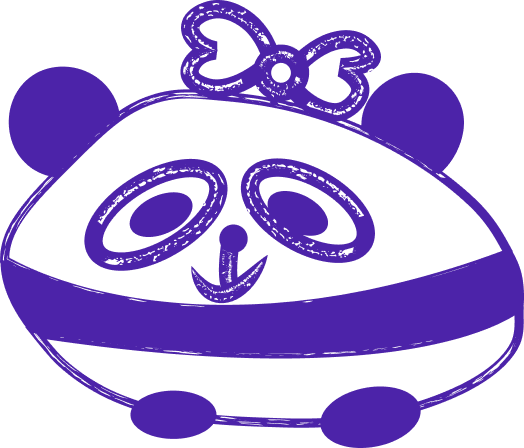
true basic
Unmasking True Basic: The Lingua Franca of Early Computing
Born in the heart of the 1980s, True Basic was created as a standardized version of the BASIC programming language. This initiative was led by none other than John Kemeny and Thomas Kurtz, the original creators of BASIC at Dartmouth College in 1964. Their vision was to bring uniformity to the multiple versions of BASIC that had sprouted in the computing world.
True Basic, designed to be an easy-to-learn and user-friendly language, allowed even those with no prior programming experience to dive into the world of code. It was this accessibility that set the groundwork for the belief that anyone could learn to code, a conviction that has carried over into the 21st century.
However, don't mistake True Basic's simplicity for lack of power. The language supported advanced features for its time, including structured programming concepts like loops and conditionals, and more sophisticated capabilities such as graphics and sound processing. It even allowed for the creation of standalone executables, a feature that was truly ahead of its time.
True Basic's influence extended beyond its immediate realm. It inspired many other programming languages, serving as a model for their syntax and design principles. Today's most popular languages, including Python and JavaScript, owe a debt to True Basic and the spirit of accessibility it championed.
One of the most famous software developed using True Basic was "The Oregon Trail", a computer game that educated generations of students about the pioneering life in the 19th-century American West. True Basic’s capabilities allowed this educational software to be engaging, interactive, and exciting, a testament to its versatility.
True Basic, while not as popular as it once was, continues to be used in certain niche applications, proving its endurance and relevance. It reminds us that the languages of yesteryears, despite being overshadowed by their modern counterparts, are not obsolete but remain part of the rich tapestry of computing history.
Now, time for a bit of fun, let's finish on a lighthearted note. If True Basic was a superhuman, it'd be the Clark Kent of programming languages: unassuming, mild-mannered but packing a punch when it comes to saving the day. Now, we may not have Superman, but we do have 'Loops' Luther and 'Conditional' Kent, battling bugs in a code near you!

Digital Transformation Strategy for Siemens Finance
Cloud-based platform for Siemens Financial Services in Poland
Kick-start your AI Digital Transformation strategy with experts.
We design tailored digital transformation strategies that address real business needs.
- AI Strategic Workshops
- Process & Systems Audit
- Implementation Roadmap
Let’s build your next digital product — faster, safer, smarter.
Book a free consultationWork with a team trusted by top-tier companies.








